The rising incidence and intensity of wildfires represent a pressing issue. Driven by climate change, prolonged droughts, and poor land management, these fires are no longer isolated incidents but massive, destructive events that regularly surpass human control.
Given the scale and speed of these megafires, traditional response methods are often too slow. We must shift from reactive firefighting to proactive, real-time monitoring. This necessitates deploying decentralized, resilient systems in remote, unmanned zones to detect fire at the absolute earliest stage, allowing authorities to limit the initial spread and dramatically reduce the overall scale of destruction.
Wildfires have burnt an unusually large area in the EU this year
The burnt area in 2025 is more than double the average for this time of year, over 2006-2024
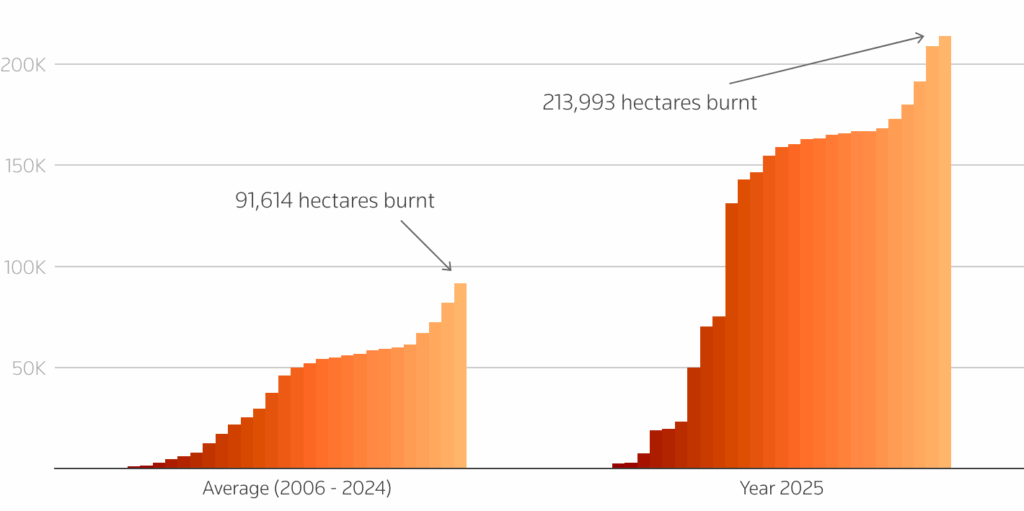
The System
The system works with two independents modules communicating through infrared signals. When one module detects fire, a led turns on and an emitter sends a specific infrared sequence towards the other module which consequently activates its own buzzer.
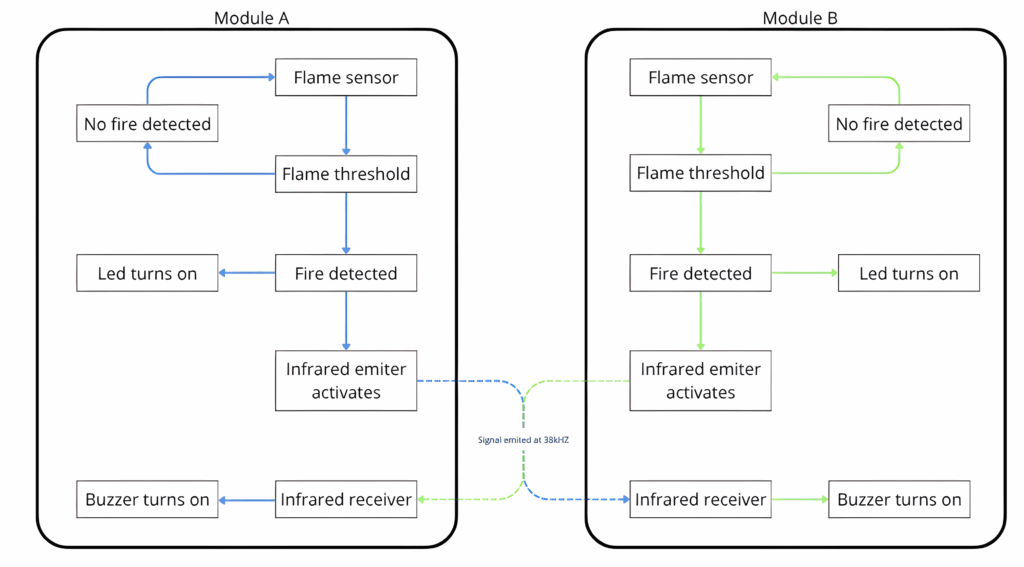
Script
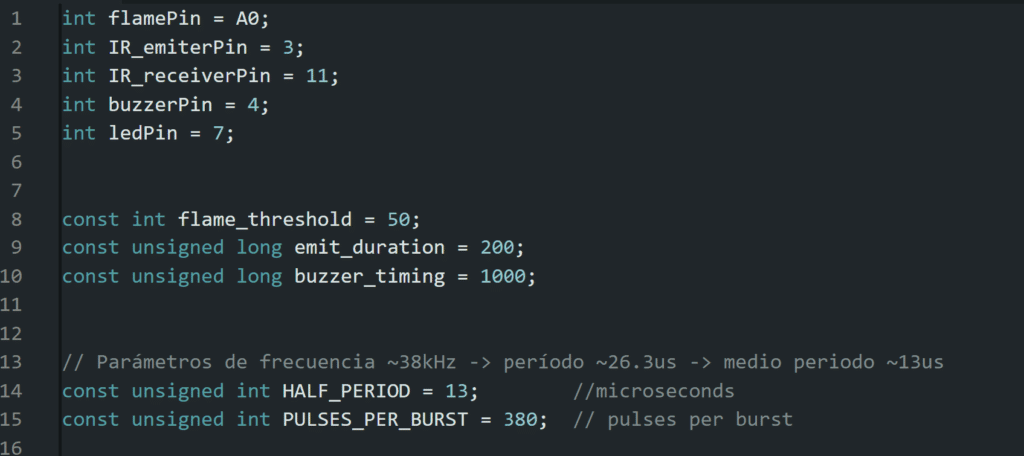
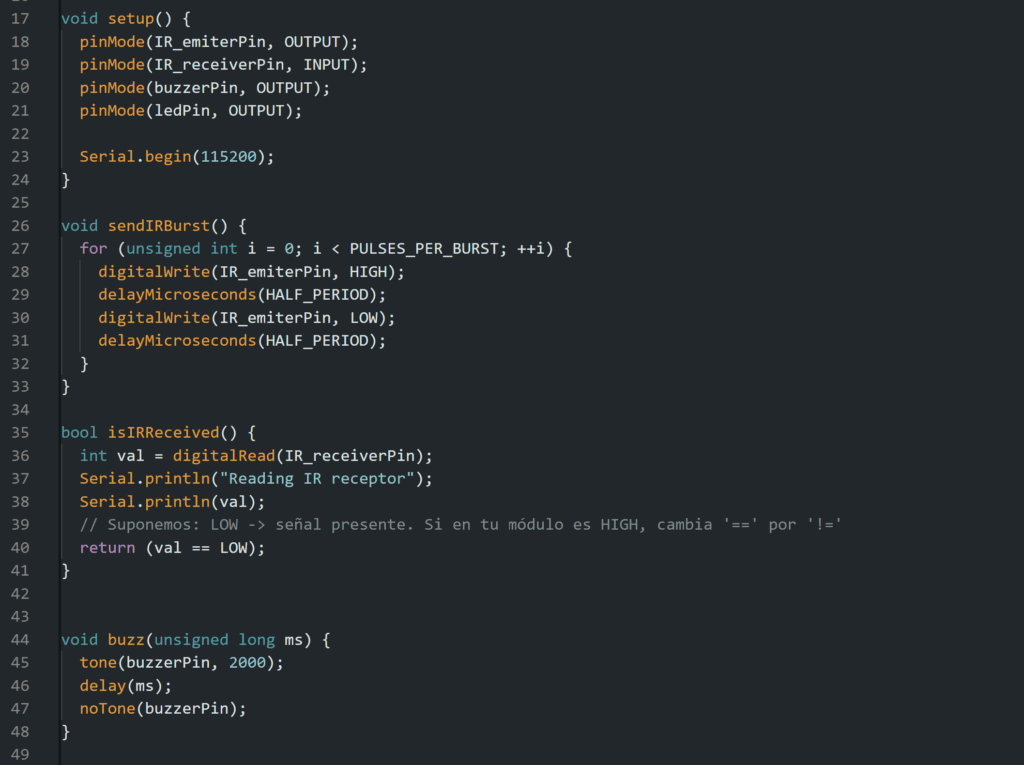
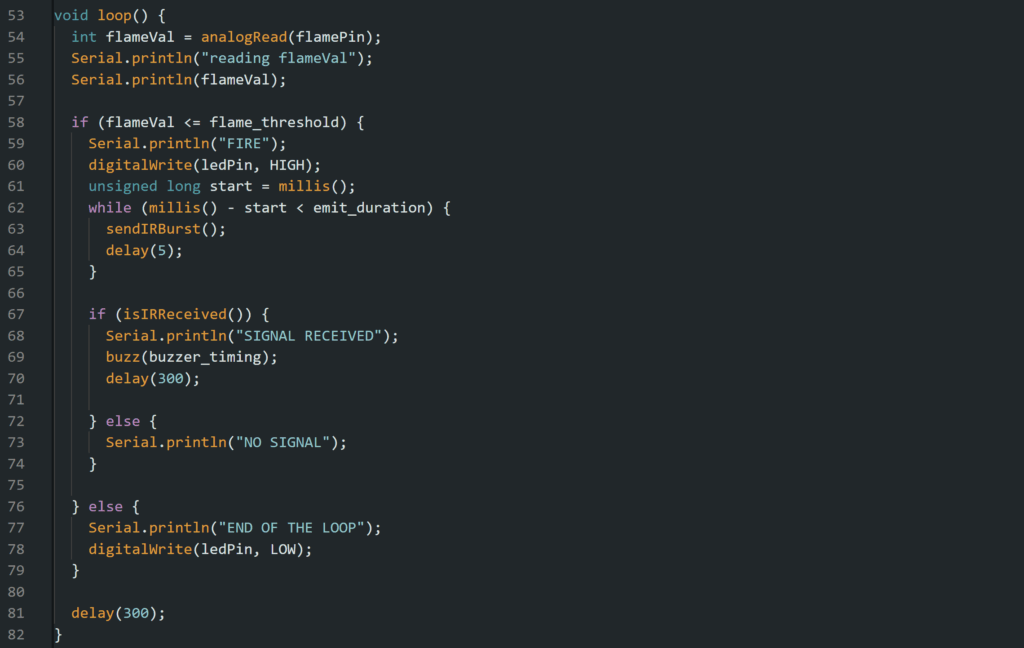
Next Steps
- Radio Communication to a Central System
Implementing a low-power, long-range radio protocol (e.g., LoRaWAN) would establish a dedicated link for all modules to transmit gathered data (fire status, wind, battery life) to a single, secure central command system for comprehensive mapping and rapid decision-making.
- Wind Information (Speed/Direction)
Integrating a miniature anemometer and wind vane will provide real-time wind data, enabling the system to predict the potential path and rate of fire spread for improved containment strategies.
- Fire Intensity
Adding a calibrated infrared thermometer or a multispectral sensor would allow the module to precisely quantify the fire’s heat output, offering critical data for prioritizing resource deployment to the most dangerous or rapidly growing fire fronts.
- Autosuffisance Through Solar Panels
Attaching compact, high-efficiency solar panels to each module ensures energy independence and continuous operation in remote areas, eliminating the need for battery replacements and dramatically extending the network’s long-term deployment viability.

